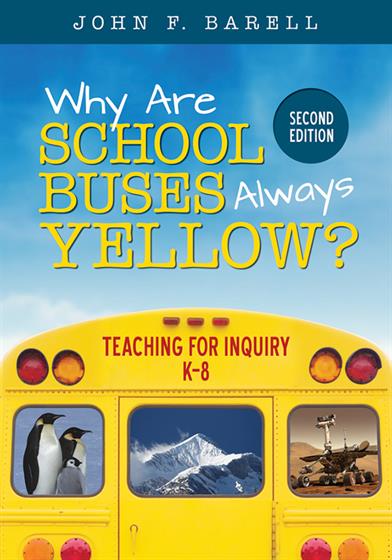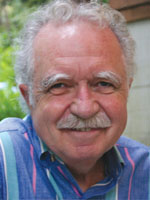
Hands-on, Practical Guidance for Educators
From math,
literacy, equity, multilingual learners, and SEL, to assessment, school counseling,
and education leadership, our books are research-based and authored by experts
on topics most relevant to what educators are facing today.
Updated Edition of Bestseller
Why Are School Buses Always Yellow?
Teaching for Inquiry, K-8
Second Edition
This new edition, aligned with Common Core and Next Generation Science Standards, features K–8 examples, information on technology, and new and updated activities, templates, and tools.
Product Details
- Grade Level: PreK-12
- ISBN: 9781506323657
- Published By: Corwin
- Series: Corwin Teaching Essentials
- Year: 2016
- Page Count: 288
- Publication date: March 03, 2016
Price: $34.95
For Instructors
When you select 'request review copy', you will be redirected to Sage Publishing (our parent site) to process your request.


